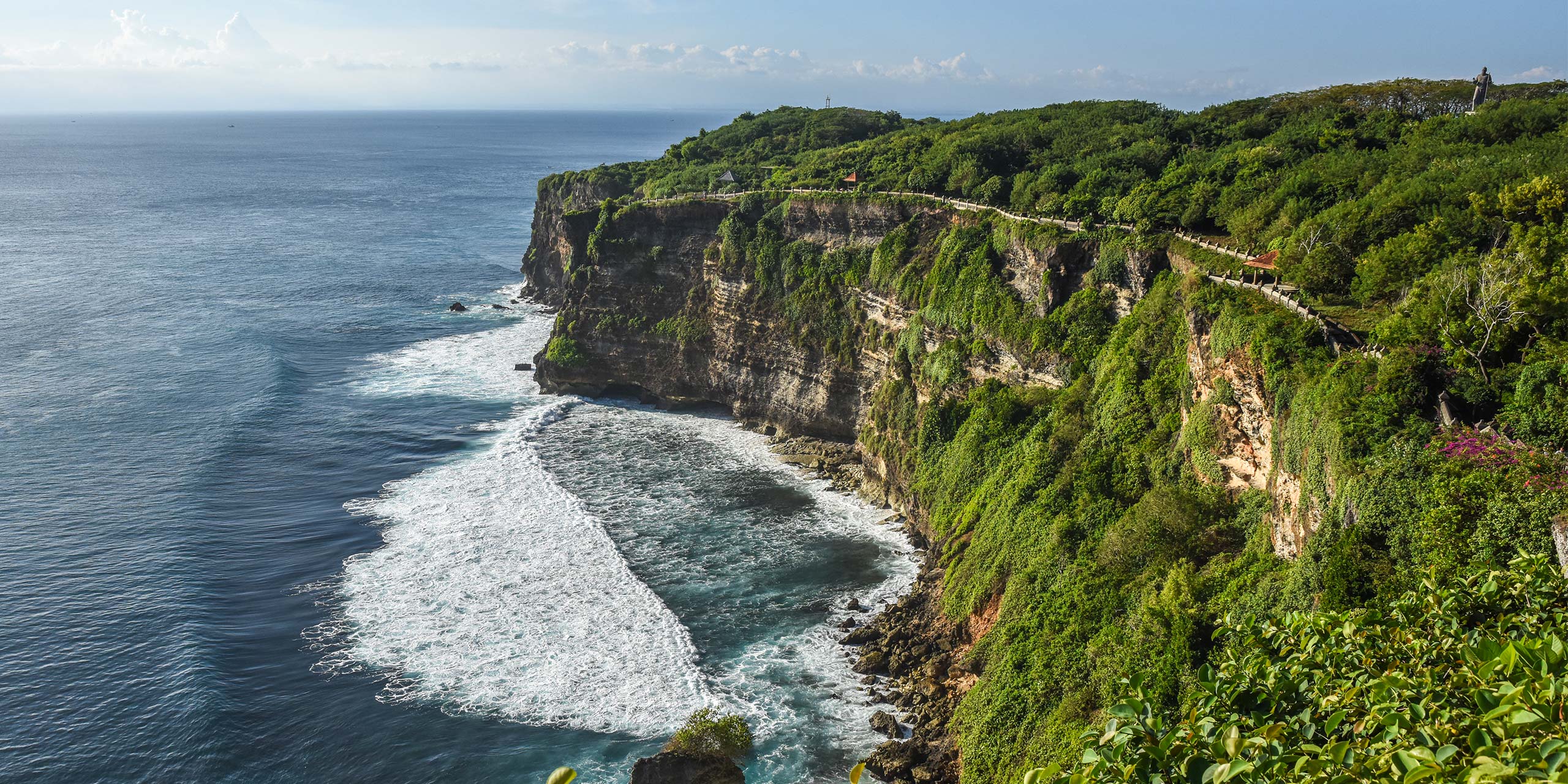
Leaning out the window of a taxi, I’m looking for a cream-coloured minaret. As this vehicle takes another wrong turn, amid a warren-like Balinese town, it strikes me that it really shouldn’t be this hard to find a mosque in the world’s most populous Muslim nation.
Indonesia is a giant archipelago, about 5,100km in length from east to west. Of its 18,100 islands and islets, most are Islamic. A notable exception is the one I’m exploring, Bali. Across many previous visits to Indonesia’s tourist hub, I’d never paused to ponder how unusual this situation is. Or how it came to be.
So today, I’m travelling through south-eastern Bali—an island famed for its 10,000 Hindu temples—to visit historic sites that help explain why it’s the only Hindu island in a Muslim-majority nation of 280 million people. Those locations include that mosque, Nurul Huda Gelgel, Bali’s oldest Islamic house of worship.
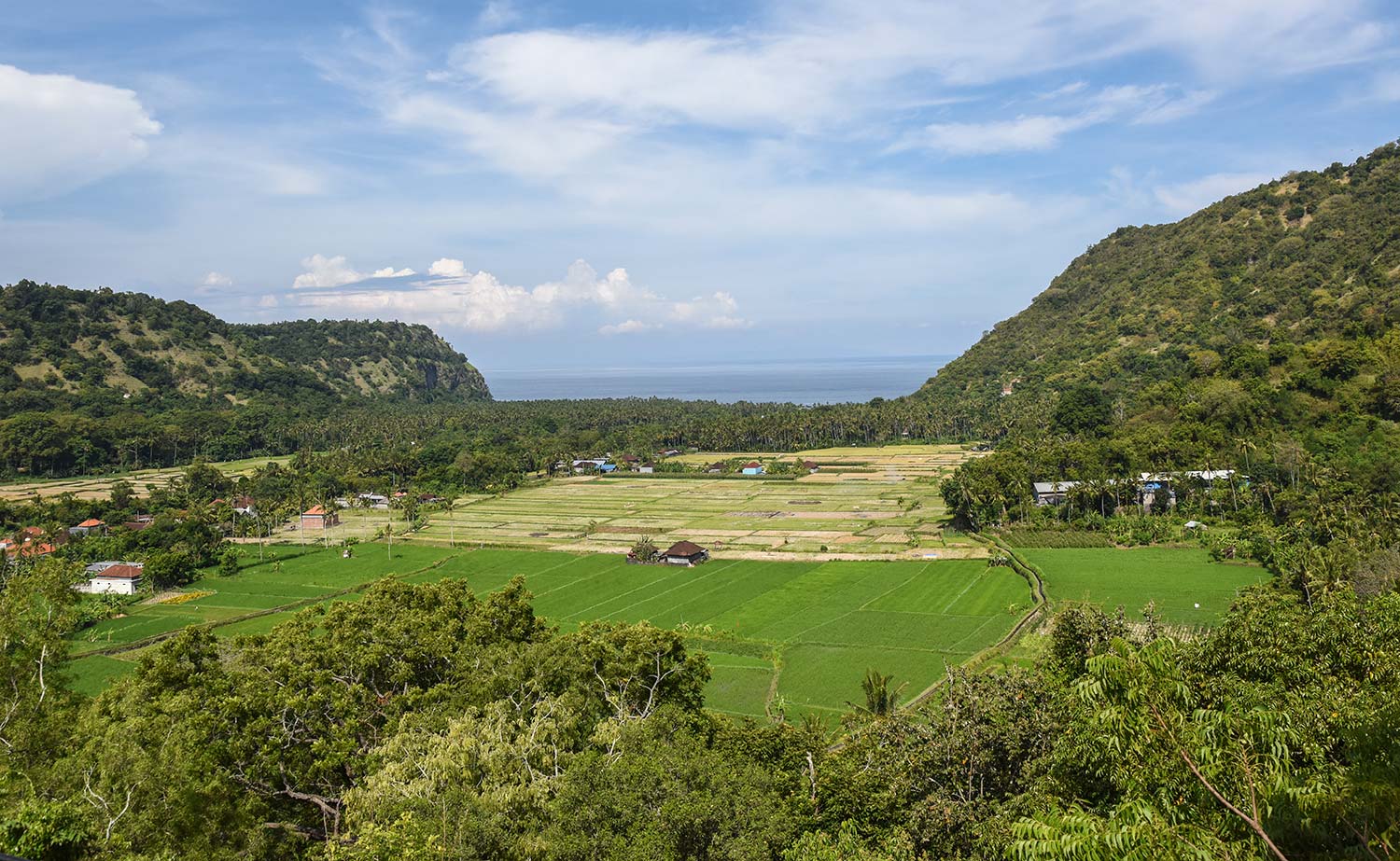
My interest in this topic was piquedby a stay in a luxury resort. During a stay at Uluwatu haven, Jumeirah Bali, I learned it was designed to resemble an ancient Indonesian kingdom. The staff member touring me through this sprawling property relayed a colourful account of this Majapahit empire. Key among the details they provided was that Majapahit once controlled Bali and that it was this empire which made the island Hindu.
Tourists to Bali often become besotted by its distinctive culture. Few register that elements of the ancient crafts, music and dance they admire can be traced back to Majapahit. So, too, can the multi-tiered towers they photograph in Hindu temples all over this island. Those graceful structures, known as Meru, decorate tourist magnets like Uluwatu Temple, Tanah Lot Temple, Tirta Empul Temple, Taman Saraswati Temple and Besakih Temple.
The latter is also known as Bali’s “mother temple”. Because this title reflects Besakih’s rank as the island’s most important religious site, I headed there to understand its role in the Majapahit era and Bali’s unique status as a Hindu island in a Muslim nation.
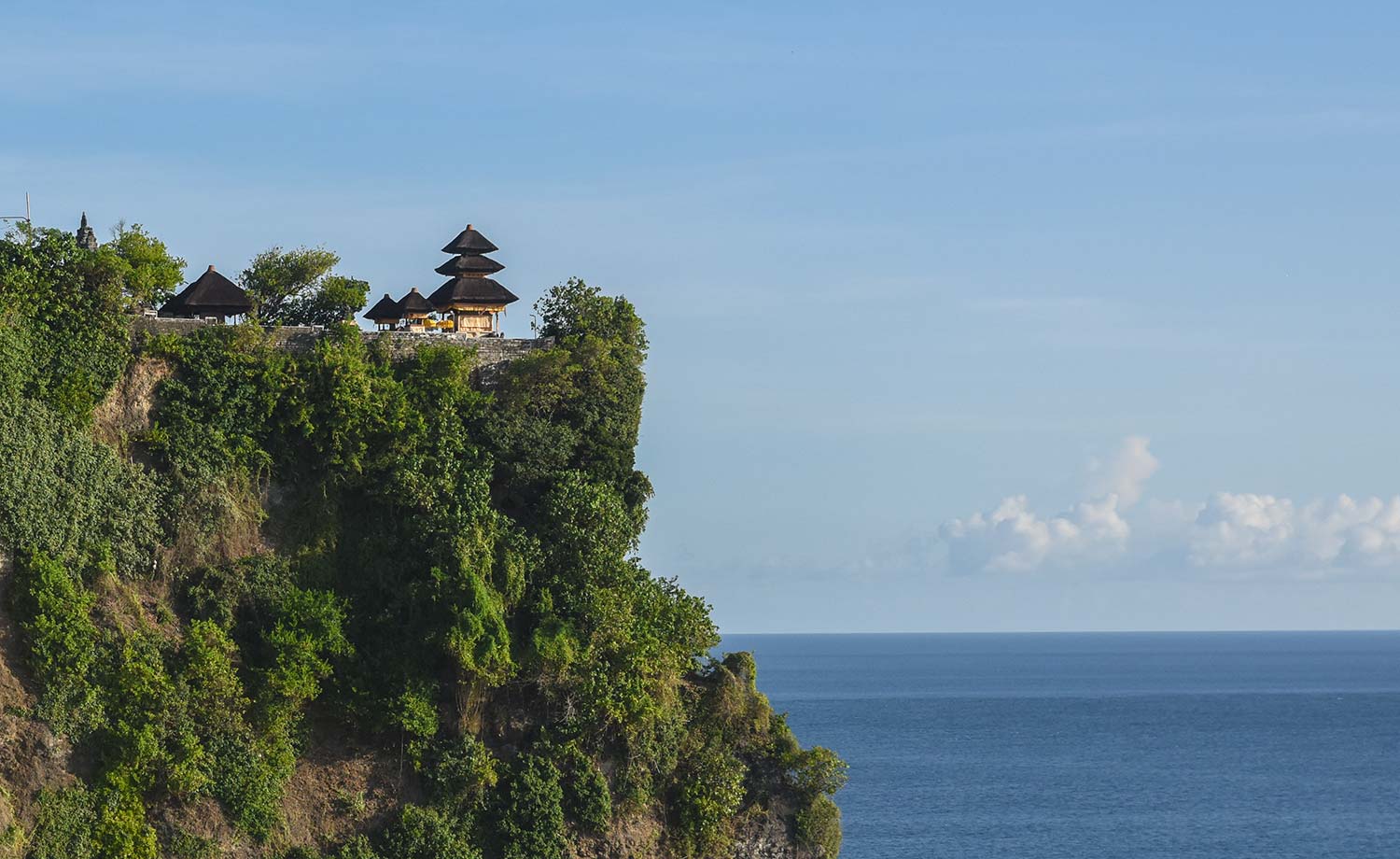
To reach Besakih, we drove about 25km northwest of tourist-soaked Ubud. This journey followed roads which curled through the jungle, up and up the slopes of Mount Agung, Bali’s tallest peak at about 3,000m. Besakih is revered not just due to its array of more than 20 Hindu temples. But also because, in local Hindu beliefs, mountains are sacred locations considered to house deities of this religion.
It is for this reason that Balinese authorities recently proposed a ban on tourists climbing the island’s peaks, citing a spate of incidents in which foreigners had disrespected mountains with their behaviour. All of this, to a degree, is anchored in the era of Majapahit.
This empire made Besakih one of its central temples when it spread its mighty influence to Bali in the mid-1300s. Having got this visual sense of where the Majapahit elite once prayed, I visited a museum to trace the roots of that empire. The most comprehensive facility on this topic is Museum Majapahit.
But that is located more than 200km west of Bali in Javanese town Trowulan, which 600 years ago was the capital of Majapahit, and which still has archaeological remains from this era. So instead I headed to the Bali Museum, the biggest such facility on the island, in its capital Denpasar.
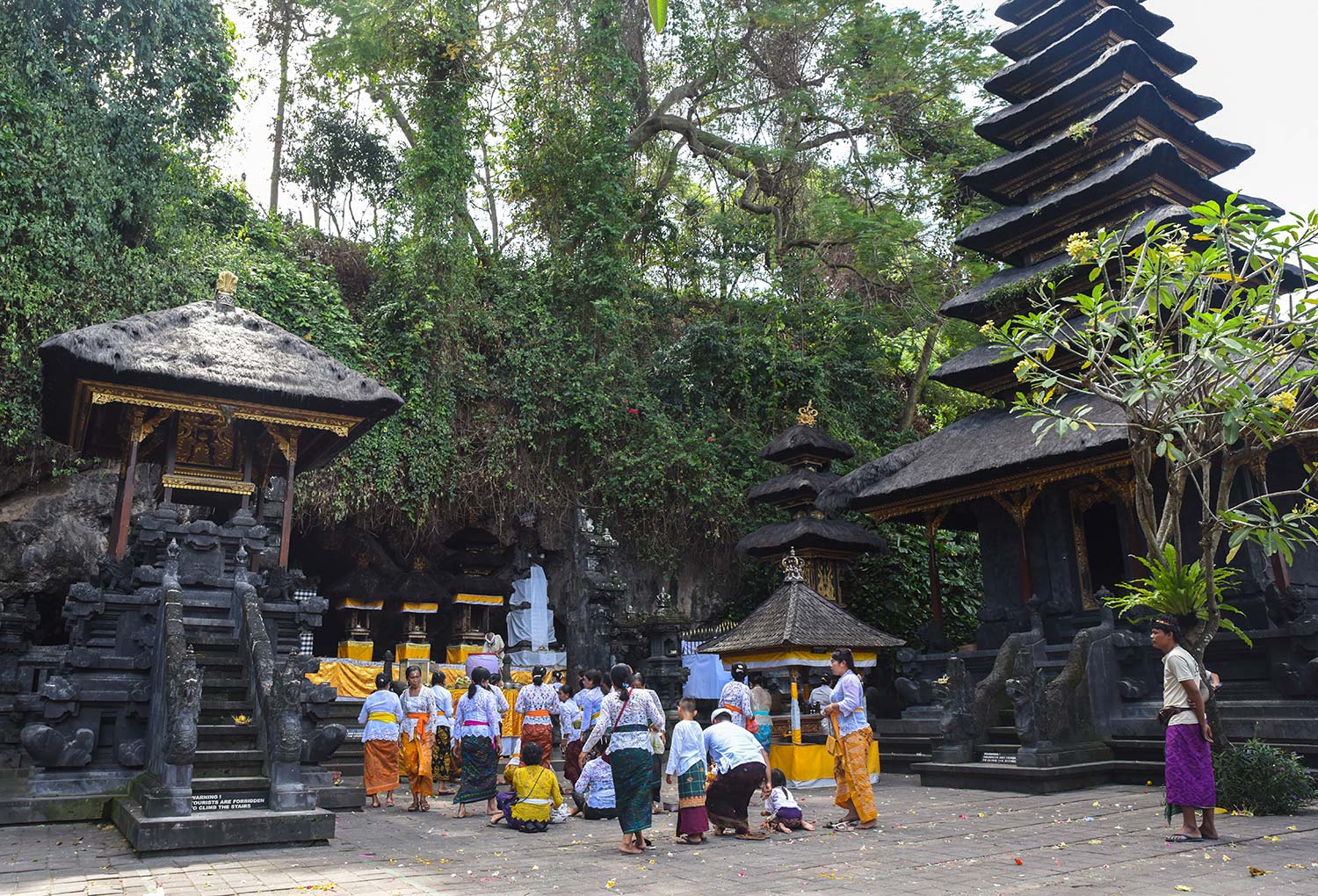
There I was able to find an exhibit which offered a basic explanation of Majapahit and its role in Bali’s unique Hindu culture. It is a rollicking tale. One which involved a man who is among the most frightening figures in Asia’s history, Kublai Khan.
For sheer intimidation factor, Kublai is perhaps only eclipsed by his grandfather, Genghis Khan, who in the 1200s wielded savage violence to create reputedly the second-largest empire in history. Kublai followed his fearsome lead by conquering China and becoming its Emperor.
This is why I was surprised to read that Majapahit was born after Kublai’s authority was challenged in 1293 by a little-known Indonesian king. That bold man was Kertanagara, the figurehead of the small kingdom of Singhasari in Indonesia’s East Java region.
Kublai Khan’s fear factor earned him enormous riches. He sent representatives all around Asia to collect tributes, which regional leaders gladly paid to avoid his earth-scorching fury. Kertanagara decided to reject this process, which resulted in a horizon filled with charging Chinese warships.
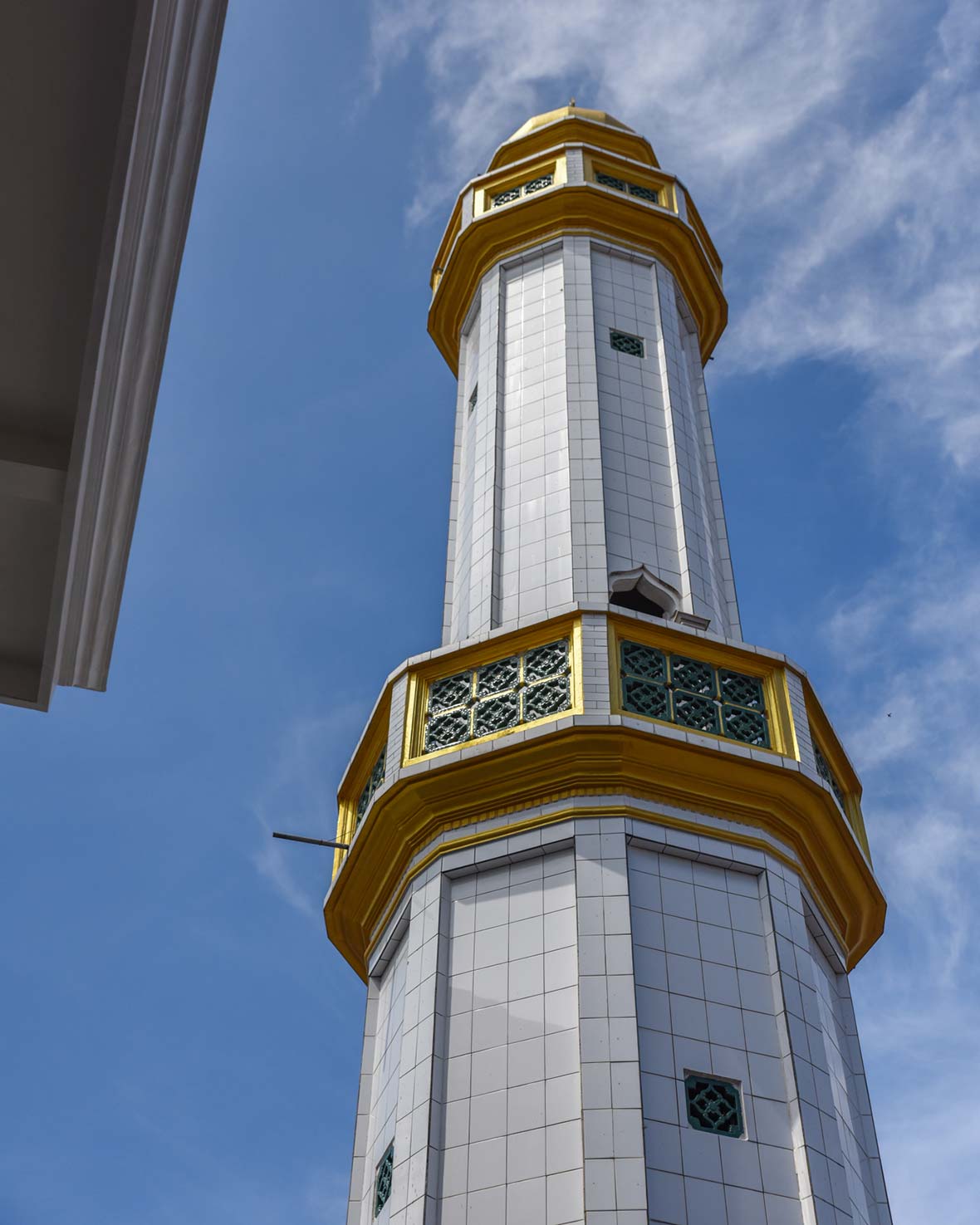
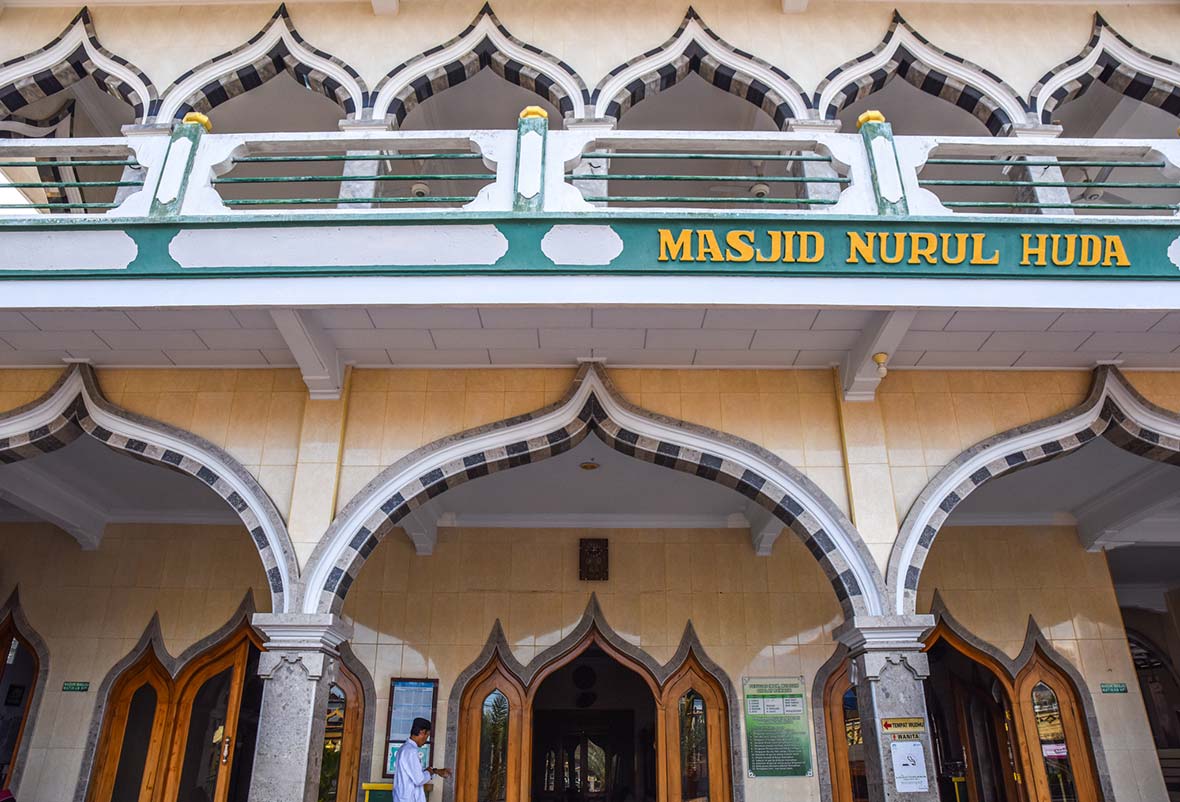
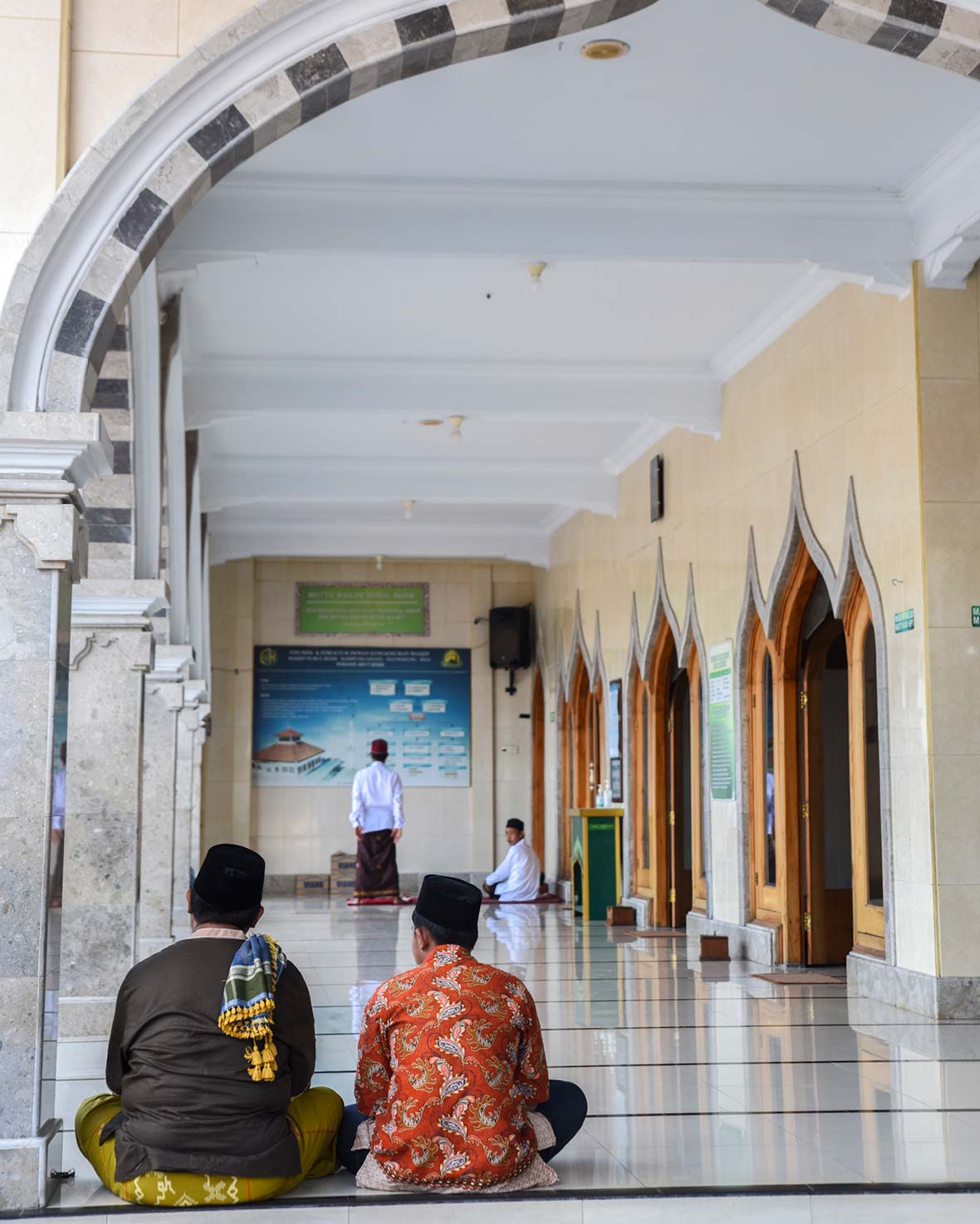
Kertanagara’s reign was finished, and his successor Vijaya established a new empire, Majapahit. It quickly dwarfed the kingdom of Singhasari, spreading to cover a large chunk of Indonesia, including Bali which it seized in 1343. For the following 150 years, Bali was a vassal state of Majapahit, which seeded its Hindu beliefs and traditions.
This influence intensified when, in the 1520s, Majapahit dissolved under pressure from expanding Islamic dynasties. As Islam took over as Indonesia’s dominant religion, Bali became a haven for Hindu priests, artisans and teachers. They deepened the island’s relationship with Hinduism. So much so, that Bali remained majority Hindu as thousands of other Indonesian islands gradually converted to Islam.
This remarkable tale was bouncing around in my head as I finally reached Nurul Huda Gelgel Mosque. As I stood beneath its towering minaret, listening to the low hum of Islamic prayers, I read this house of worship dates to the late 1500s. The story goes that it was built by Javanese missionaries who were trying to encourage locals to switch to Islam.
They had little luck. Bali was and remains rooted in Hinduism. A religion introduced here almost 700 years ago by the Majapahit empire, whose influence remains deeply embedded in Bali, from the serene temples to the distinctive art forms and fascinating customs of Indonesia’s only Hindu island.
